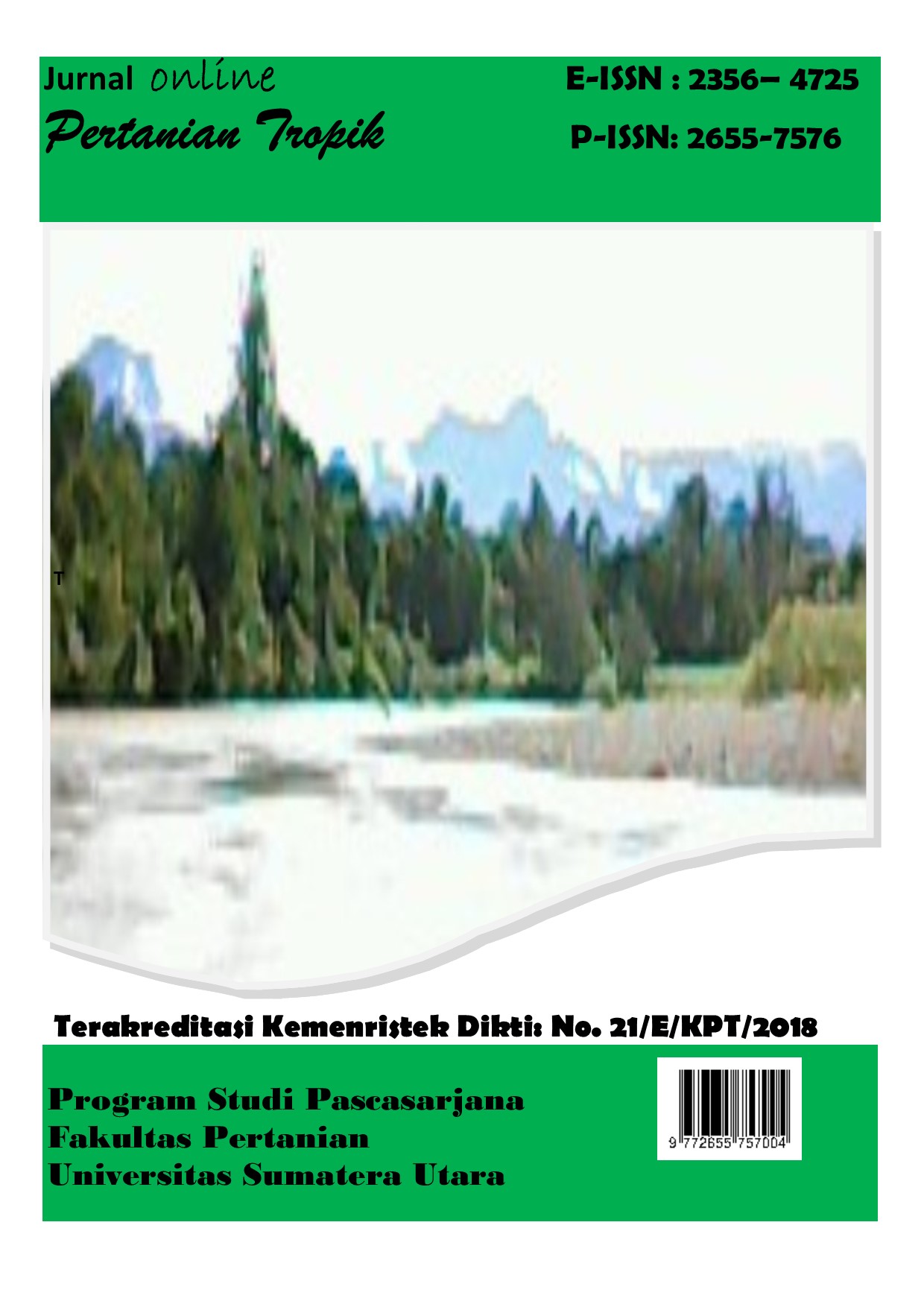TIPOLOGI RUMAH TANGGA TANI SEBAGAI TITIK MASUK PERTANIAN KONSERVASI: STUDI KASUS DI SEMI-RINGKAI TANZANIA
DOI:
https://doi.org/10.32734/jopt.v3i2.2962Keywords:
conservation agriculture, farm typology, semi-aridAbstract
Crop production in the semi-arid is limited by water shortage and less fertile soil. Conservation agriculture which is based on the principle of minimum tillage, permanent soil cover, and crop diversification has been introduced to Tanzanian local farmers for combating soil degradation and elevating food production. This study sought to explore the feasible entry point for integrating conservation agriculture into the local farms. This goal was achieved by recognizing the local farming system, identifying farm typology, and analyzing the circumstance and needs of different farm types. This study showed that conservation agriculture actually had potentials to reach different farm types. Nonetheless, the practical activities must satisfy the characteristics of each farm. While some farmers perceived hand-hoeing as the most feasible act others were fond of the use of animal-based minimum tillage equipment. Farmers rearing livestock found it difficult to leave crops residue to cover the soil while others were barely constrained. All farmers encountered one similar issue in practicing conservation agriculture: low biomass production to meet the demand of soil cover. Dealing and working with these circumstance and needs of different farm types are then essential in designing the locally appropriate conservation agriculture practices.






















